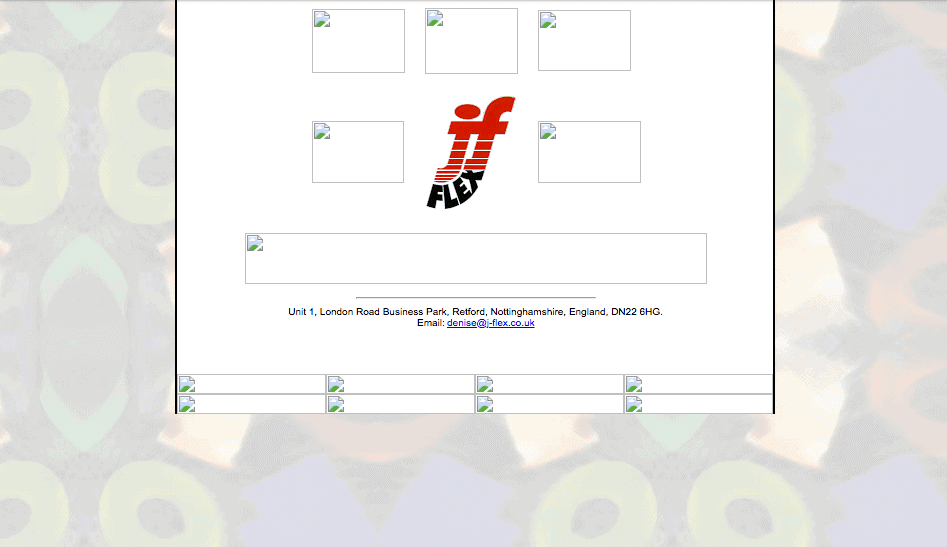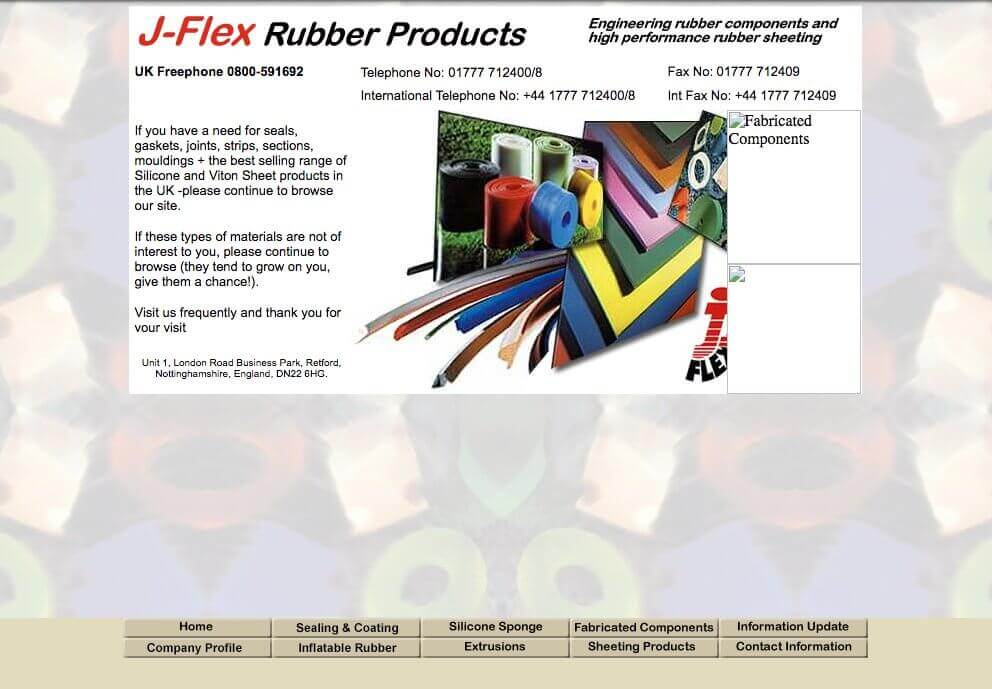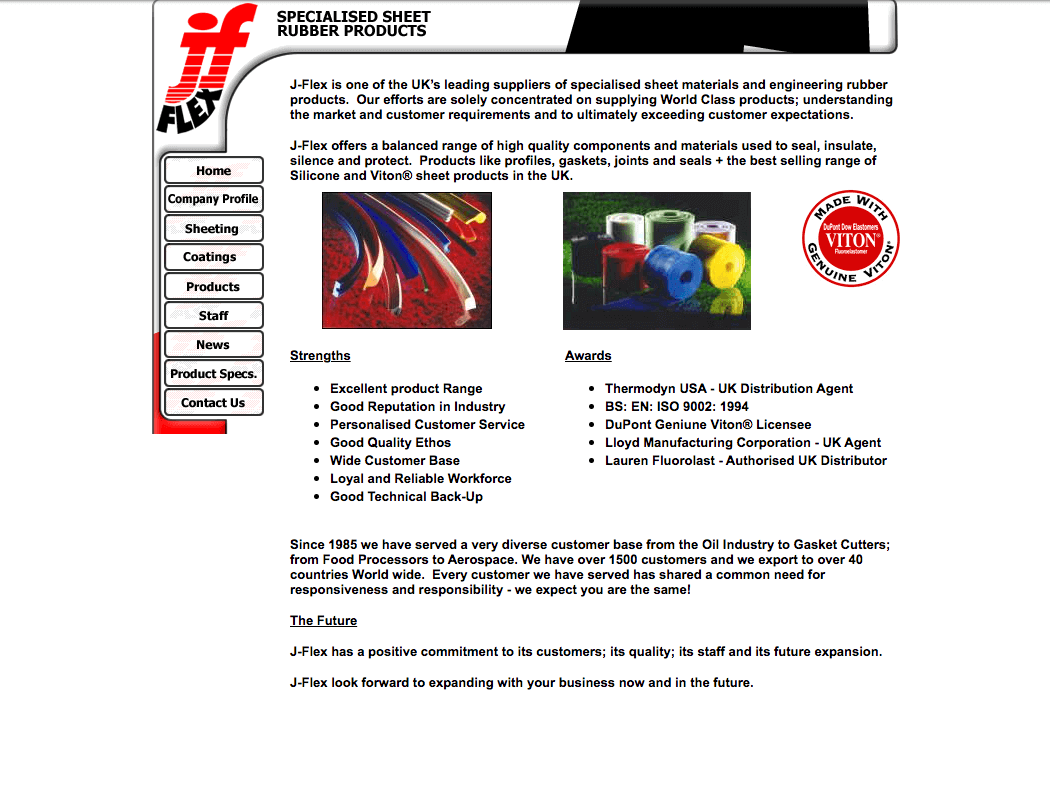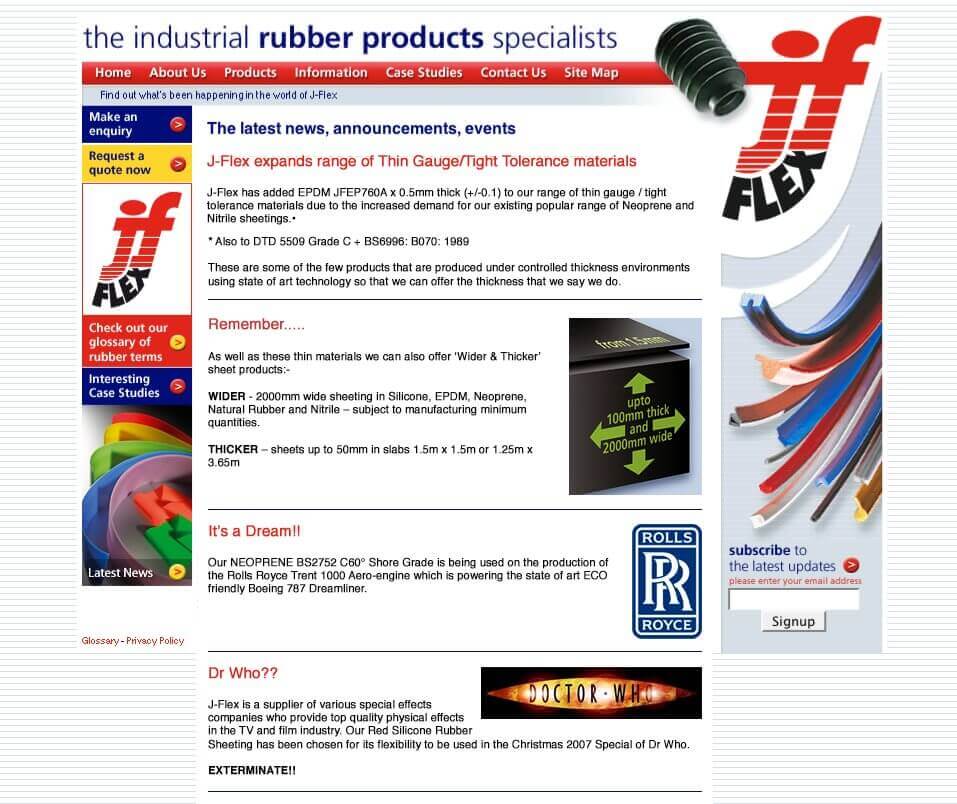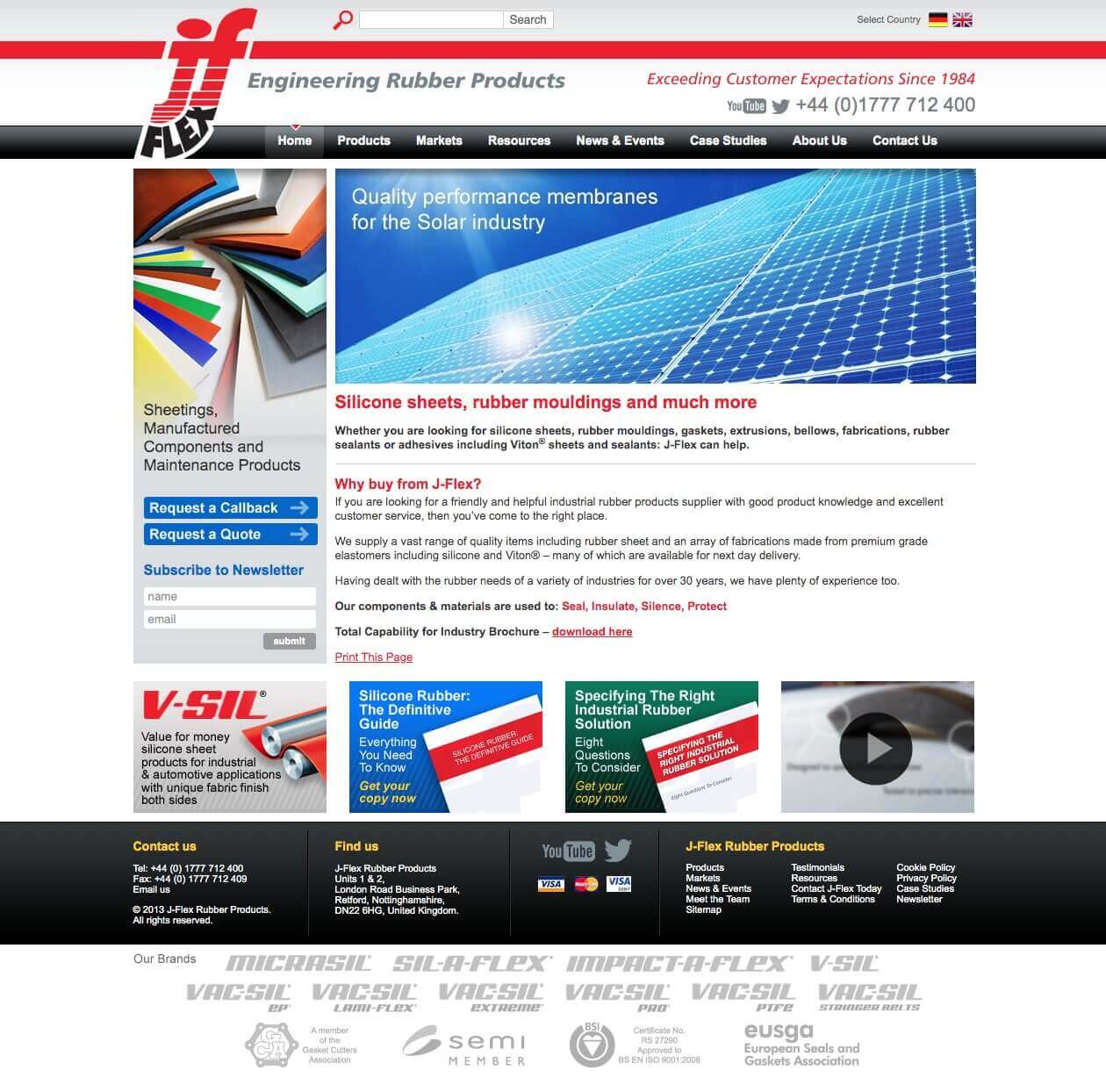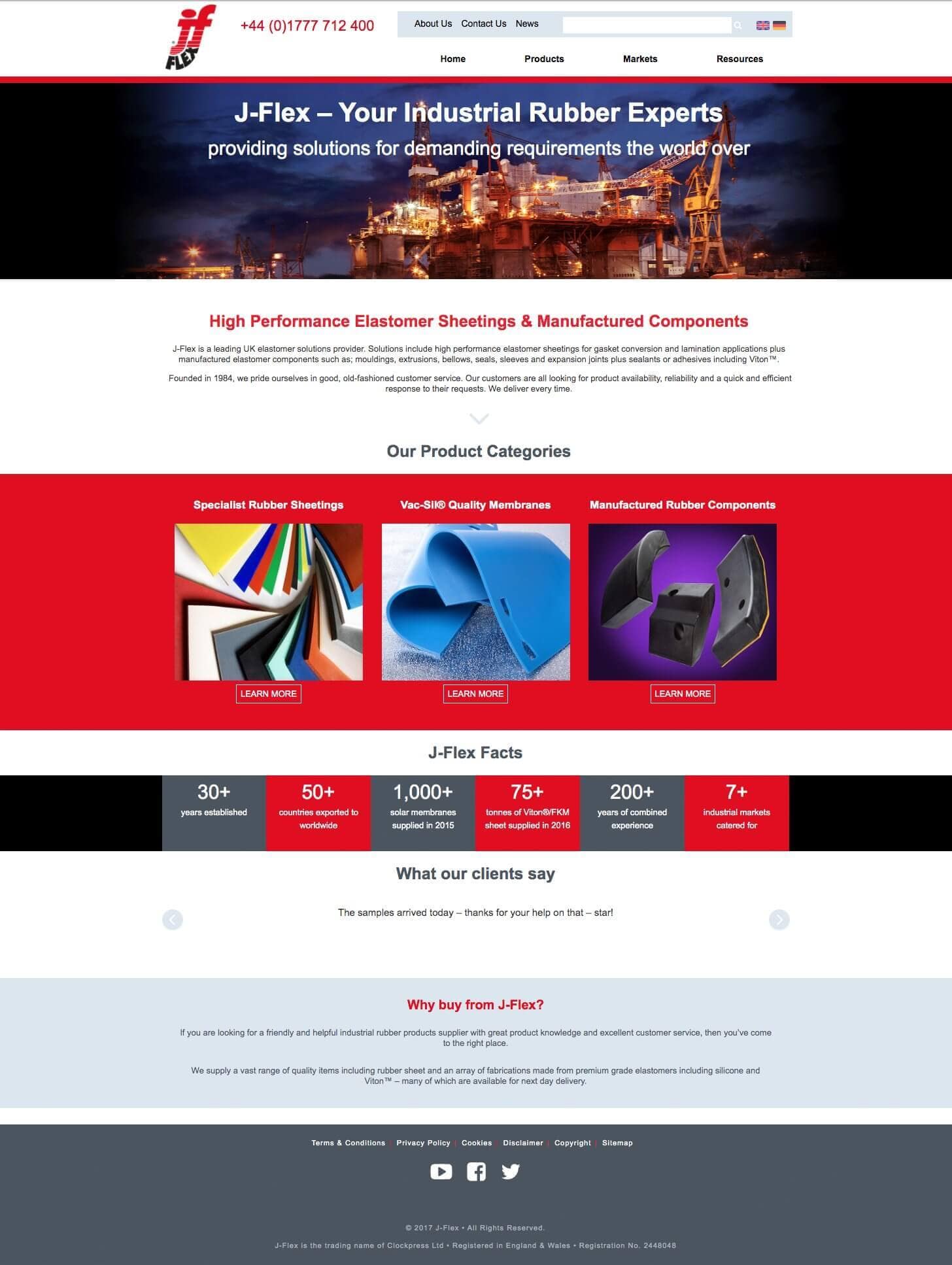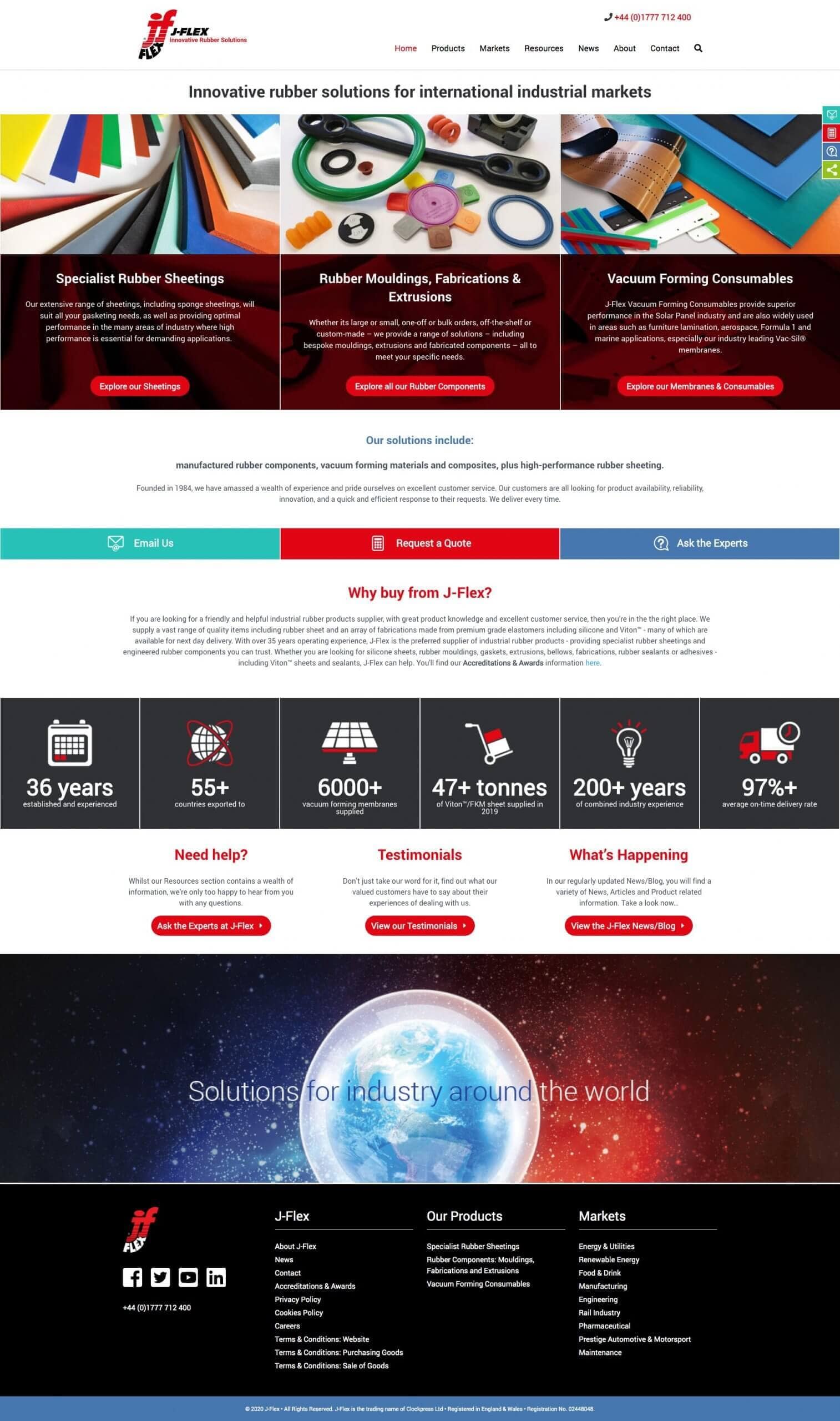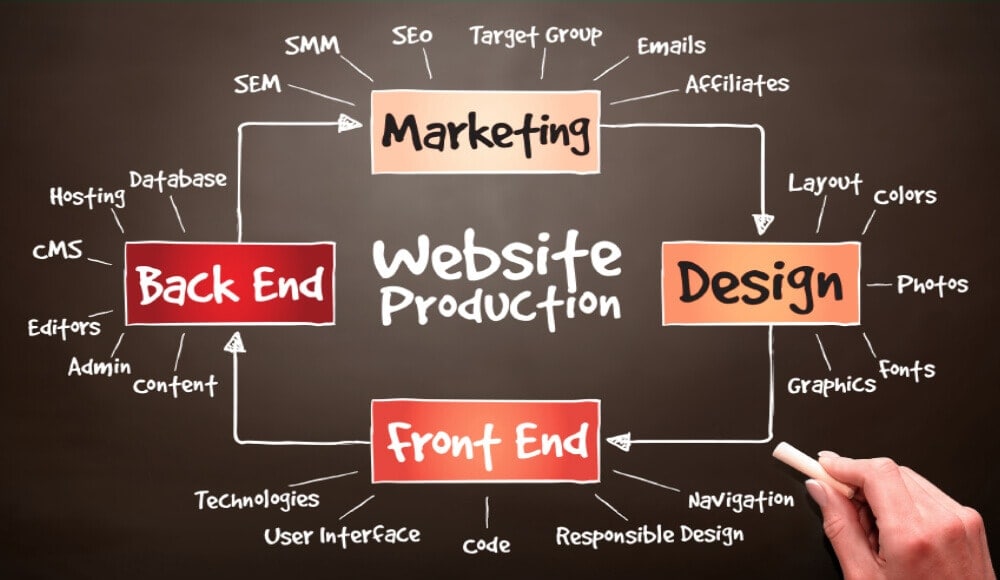
Time moves on, business changes and technology advances – but how often do you actually update your website?
I’m not talking changing some text here and there and a few images or even the occasional blog post, but a full-on redesign and rebuild.
Depending on your business, the importance of your website will be greater for some than it is for others. In my time I have been involved with well over 200 websites to varying degrees and fair to say I’ve seen it all. Small sites, large sites, a wide range of business types from one-man bands to large corporates – and many have similar stories of moans and gripes about the service received, what they expected and what they actually got and so it goes on – and in fairness to some of the website companies out there, not always down to them! It’s why I used to do a presentation and help guide document on what to look for, what to ask, and how to converse with a new potential website agency to ensure a favourable end result. Anyway, I digress…
Some companies have awful embarrassing sites that they feel are okay to represent their businesses, and because they are doing okay, see no reason to change it anytime soon – completely missing the fact that they could probably be getting more work, and better types of work, if they had a better website and matching marketing collateral.
Many get their site built and then do little or nothing with it, somehow expecting it to bring in lots of new business just because its sitting there and they’ve paid what they see as a good wedge of money out for it.
I’ve always maintained that you should treat your website as if it were a valued member of the team.
In the same way you support a team member:
- Training when and where relevant
- Ensuring they have all the right tools at their disposal to do their job well and therefore achieve expected results
- Having regular meetings to gauge mental health and wellbeing
- Setting SMART objectives and supporting where necessary
and so on….
…you should constantly assess/monitor your website. Of course if you have an eCommerce site then you should already know this – as you have to daily monitor sales, orders, special offers, stock levels and so forth and it is a full time job for one to many people (depending on the site size, product offering and popularity). But for non-eCommerce sites you shouldn’t just rest on your laurels if you want your site to work for you.
Even if your site is just a portfolio of work, you should be updating with new projects, new case studies, attempt to get customer interaction and feedback, talking about your subject matter and showing your passion for what it is you do. You need to use it as part of your overall marketing mix to build up a picture that you are good at what you do, are an expert, are passionate and give potential customers enough reasons as to why they should be putting you on their shortlist, and better still, at the top of their list to contact.
Social media is amazing and the impact of platforms such as Facebook, LinkedIn, Twitter et all cannot and should not be ignored – they are all tools you should consider using as part of getting your messages across, but the way those platforms change and what they offer and allow you to do is out of your control. Your website content is more within your control and is somewhere where all the information about your company and its products and services can be put in one place, always available. Yes, you may be affected by some new Google implemented algorithms from time to time which can mess with all your SEO, but that aside, and provided you have good hosting and either manage the site or have a good web company, then how you present your company via your website is totally down to you.
Re-designs, and Why,
and a bit of History
As an exercise and a bit of history really, I thought I’d take a look at the various versions of website we’ve had here at J-Flex and when new ones have been introduced. It would seem that, in line with most experts’ recommendations, the site has been radically updated approx every 3-4yrs or so – having started with our first site back in the late 90’s and now being on version 7, which was launched a year ago in Oct 2019.
Here’s the first version from the mid to late 90’s – well, partially anyway. (click any image to view larger) It’s as much as I could find using the Wayback Archive, so all image links are broken – but you get the idea. As with most sites back then, fixed proportions – a whopping 600 x 400 pixels!
Back then, screen resolutions were a lot lower and there were no other devices to consider it showing on, so this was the norm – and normally not cheap either since it was all relatively new and those who could do it charged a premium. It’s probably fair to say that some companies were charging more back then than they can now for a similar type of site.
Here’s version 2 from the early 2000’s – a bit wider (as screens got wider and resolutions increased) and a few more pages of content and still retaining that repeating background image.
Version 3 and into the mid-2000’s – the front page cannot be viewed since it utilised Flash technology – remember Flash? Widely used from 2000 to 2010 but not afterwards and though its still used in some circles, the Flash Player has been deprecated, with an official end-of-life scheduled for December 31, 2020. This site also went a bit deeper too as scrolling down was more acceptable and a multitude of articles sprang up around ‘above-the-fold and below-the-fold. If you’ve never heard those phrases below, it came from the world of folded newspapers where the more important and/or eye-catching content was placed on the top half that was face-up on news-stands – ie.above the fold.
Version 4 in the late 2000’s saw a number of significant changes. A navigation menu with drop-down sub-menu’s, call to actions, a news/blog (sort of) and a signup for latest updates/newsletter. Screen resolutions had increased further to 800 x 600 pixels and even 1024×768 – so some pages were now scrolling beyond the 600px depth!
Version 5 – early to mid 2010’s – and we’re now up to 1024px wide and any depth necessary. Lots more pages of content and downloads. YouTube and Twitter accounts and links added and those things we’ve all come to know and not love: Cookie Policies and Privacy Policies.
2016 sees the introduction of Version 6. The main big difference here was the introduction of responsiveness and making sure the site also had a good presentation on mobile, along with lesser updates such as design elements stretching to full screen width, a website content search facility and few other features, including a Facebook account link added. We’d not bothered previously, since virtually all our site visitors were viewing the site on desktop devices. Even now, in 2020, we tend to buck the trend and only around 17-18% of our overall site visitors are tablet and mobile. Over 80% are still desktop/laptop.
Version 7 – the current site was introduced in October 2019 and is by far the most advanced, well laid out and fully featured site we’ve ever had. Its bigger to suit higher resolutions screens, adapts differently to different devices and has certainly taken us to a whole other level. Since launch we have seen a steady increase in visits and enquiries, using a whole host of measures and features, along with ongoing attention to SEO, blog posts and much more. Indeed as at time of writing, we are seeing record numbers and are delighted with that. It’s been a huge project for me personally and is something I work on almost daily. I’ve designed virtually every part of it, done much of the photography, and utilised the talents of some much valued external contacts, such as our digital ads agency and a couple of time-tested developers. Now its a case of maintaining it, updating sections and resources, evaluating and changing what is and isn’t working, tweaking all the SEO, linking in with ad campaigns and social media activity, adjusting to suit constant changes and developments regarding the products and services we offer- and so it goes on. It never, and should never, end.
To summarise
As you can see, it is important to constantly change and adapt your website – just as you do other aspects of your business. It is never complete and perfect, and should always be undergoing some form of changes and updating. If you’re not, two things are for certain, your competitors will be more than happy to pass you by, and Google will effectively rank you lower for having a static – and in their eyes – less interesting site to monitor.
I hope this may have given you some insight and food for thought.
The takeaway: Get working on your website, so it can work effectively for you!
Neil Duckmanton
Head of Marketing
